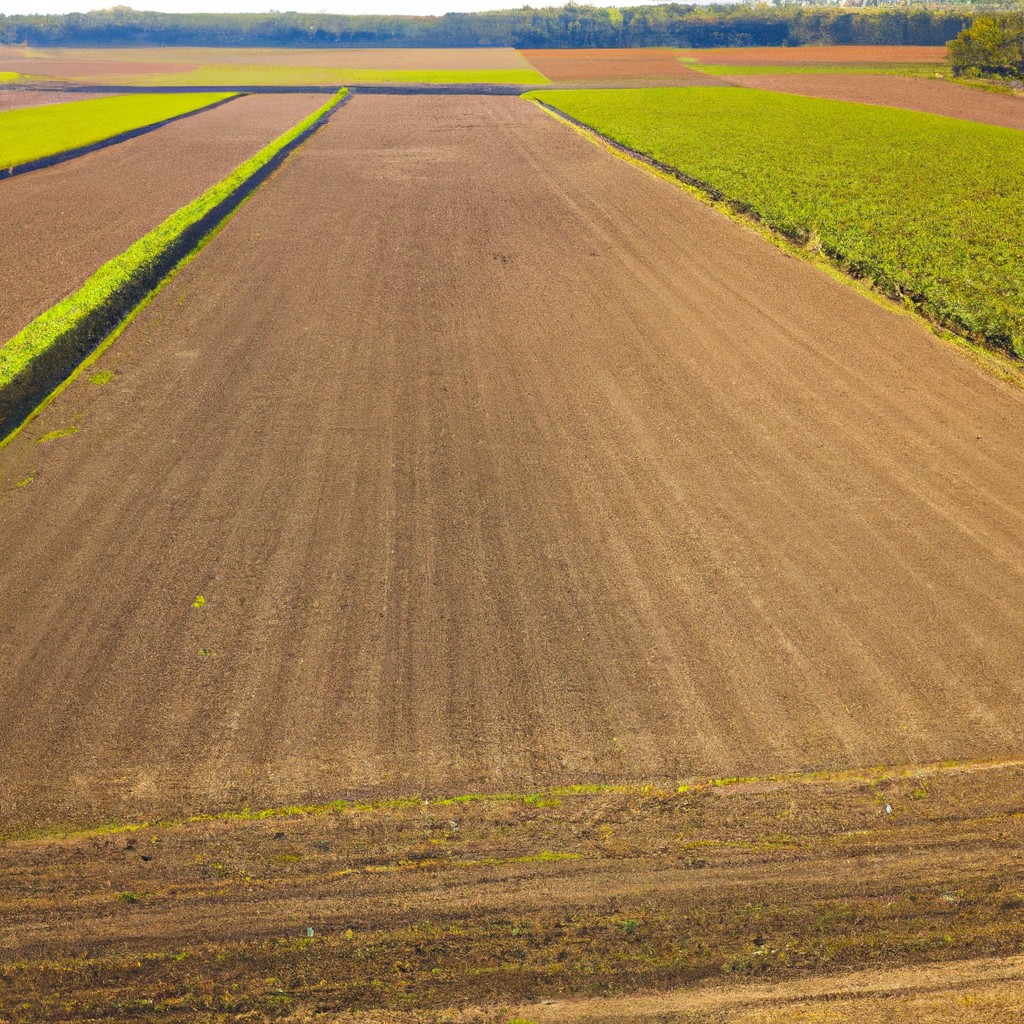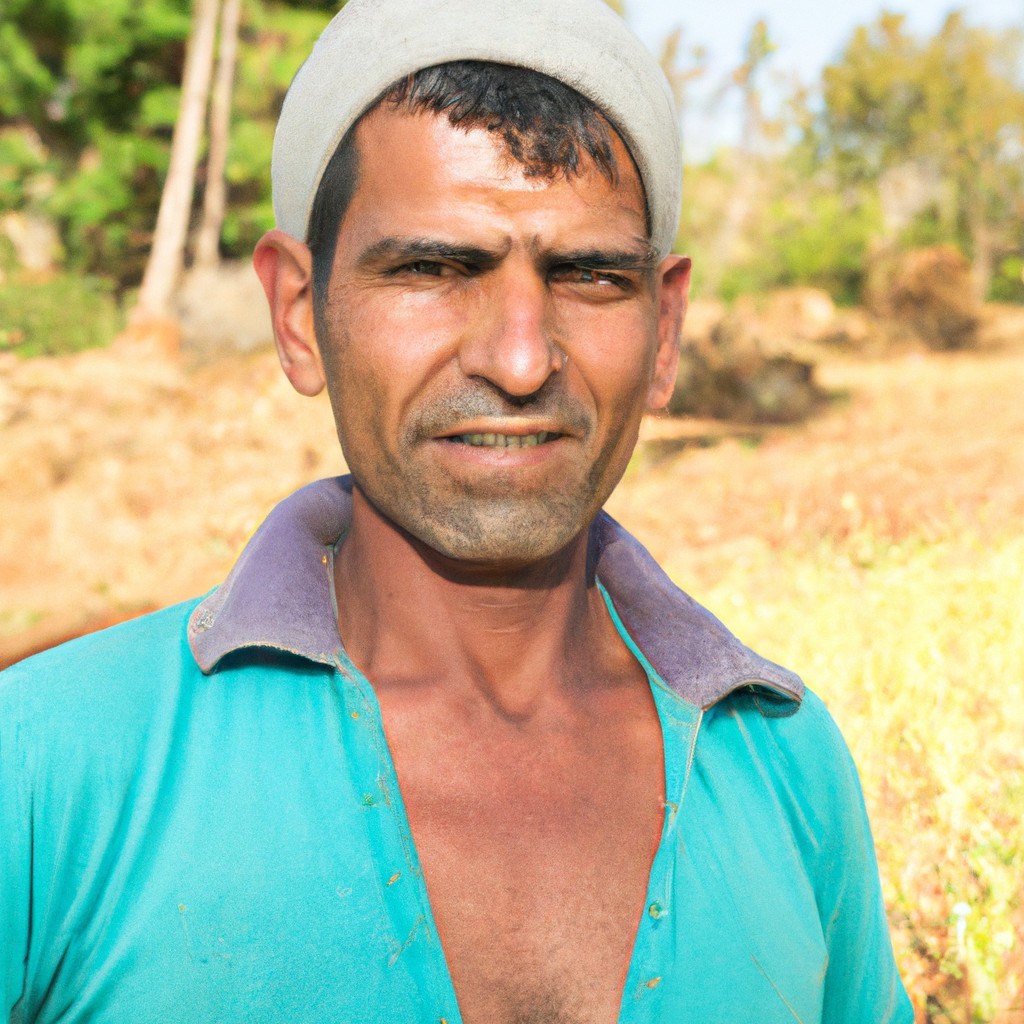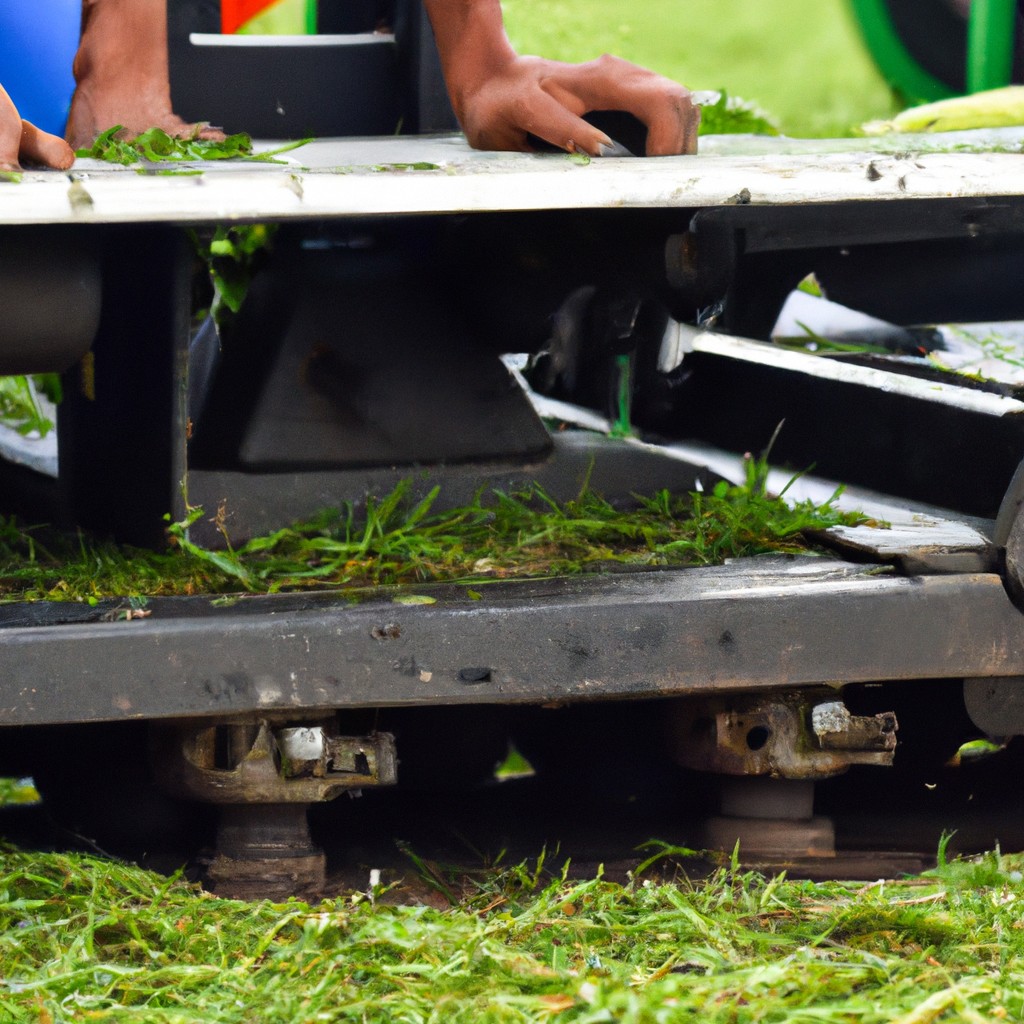This article examines the impacts and techniques of commercial farming, providing insights into its role in modern agriculture and food production.
Look Inside:
Definition of Commercial Farming

Commercial farming, also known as agribusiness, refers to the large-scale production of crops and livestock intended for sale, rather than personal consumption. This type of agriculture is highly mechanized, employing the use of advanced technologies, farm machinery, and often chemical fertilizers and pesticides to increase yield and efficiency. Typically, commercial farming focuses on monoculture—the cultivation of a single crop over a wide area—due to its economic advantages.
This form of agriculture is structured to support the supply chain needs, from raw material production for processing industries to directly meeting consumer demand in markets. Commercial farms are usually owned by corporations or professional business entities and are managed using scientific methods and data-driven approaches to maximize profits. Crop selection adheres to market trends, demand, and profitability rather than local consumption patterns.
Some characteristics distinguishing commercial farming include specialization in one or a few commodities, large capital investments, and a focus on maximizing output and economies of scale. Contrary to traditional methods, the workforce in commercial farms is likely to include highly skilled labor, from agronomists to machine operators, reflecting the sophistication embedded in modern farming.
Historical Development of Commercial Farming Practices
Commercial farming evolved significantly since the advent of the Agricultural Revolution about 12,000 years ago, marking a shift from nomadic hunting and gathering to settled agricultural communities. In the Middle Ages, the feudal system supported farming on large estates, but it wasn’t until the 18th and 19th centuries that agricultural practices took a modern turn. The Industrial Revolution brought about mechanization, improving efficiency in planting and harvesting crops.
The 20th century introduced synthetic fertilizers and pesticides, further boosting crop yields and supporting the growth of monocultures. Advances in plant breeding and the Green Revolution in the mid-20th century led to high-yielding varieties, which increased production significantly, particularly in developing countries struggling with food security. The use of machinery expanded, and the farming scale grew, requiring larger capital investment and more sophisticated management techniques.
In recent decades, technological innovation continues to shape commercial farming. Precision agriculture deploys data analysis, GPS, and drones to optimize resource usage and crop productivity. Biotechnology has also played a role in developing disease-resistant and higher-yield crops, impacting commercial farming’s trajectory and practices. This continual evolution reflects the growing demand for food and the challenges associated with feeding an ever-increasing global population.
Economic Impact of Commercial Farming
Commercial farming serves as a major driver of economic growth in many countries, contributing significantly to national income. The large-scale production of crops and livestock provides a surplus for export, generating valuable foreign exchange revenue. This sector often stimulates advancements in related industries, including food processing, packaging, and agricultural equipment manufacturing.
Job creation is another critical economic contribution, spanning farm work, supply chain roles, to agribusiness management positions. Despite automation, the labor-intensive nature of certain agricultural tasks ensures employment for a broad segment of the population.
Moreover, commercial farming can affect market prices for food commodities. Large-scale operations achieve economies of scale, potentially lowering prices for consumers. However, the influence on markets can sometimes lead to lower returns for small-scale farmers, presenting a complex picture of the sector’s net economic impact.
The taxation of commercial farming entities also provides a revenue stream for governments to reinvest in community infrastructure and services. This reinvestment can foster improved living conditions and further propel economic development.
Challenges include the need to balance profit and sustainability, ensuring that economic gains do not come at an unsustainable environmental or social cost. As commercial farming evolves, harmonizing profitability with responsible practices remains a critical consideration for long-term economic stability.
Commercial Farming Versus Subsistence Farming
Commercial farming and subsistence farming are distinct agricultural systems with different objectives and scales of operation.
Commercial farming is characterized by large-scale production geared towards profit and the mass market. Crops are often grown for sale rather than personal consumption, and a wide array of machinery is employed to increase efficiency and yield. The approach typically involves specialization in one or a few types of crops or livestock, relying on economies of scale to drive profitability.
In contrast, subsistence farming operates on a much smaller scale, with the primary aim of feeding the farmer’s family and, occasionally, supporting local communities. Here, diversity in planting is common to meet the nutritional needs of the household. Technology is used minimally, mainly due to cost constraints, and much of the labor is human or animal-powered.
The key differences lie in scale, technology, market orientation, and diversity of crops or livestock. Commercial farming tends to drive agricultural innovation and supports the global food supply, while subsistence farming remains crucial for food security and the livelihoods of rural families in many parts of the world. Each system has its unique set of challenges, from economic pressures in commercial farming to vulnerability to weather and climate conditions in subsistence settings.
Techniques and Technologies in Modern Commercial Farming
Advancements in techniques and technologies have revolutionized commercial farming, vastly increasing efficiency and productivity. Precision agriculture employs GPS and data analytics to closely monitor crop yields and soil health, tailoring inputs like water and fertilizer to the needs of specific plants. Drones and satellites enhance this precision, providing real-time imagery for better crop management.
Irrigation systems have progressed as well. Drip irrigation conserves water by delivering it directly to plant roots, minimizing evaporation and runoff. Soil moisture sensors further optimize water use by signaling exactly when irrigation is necessary.
Mechanization streamlines the labor-intensive tasks of plowing, planting, and harvesting. Modern tractors and combines can be equipped with automated guidance systems, reducing operator fatigue and improving the precision of farming operations.
Sustainable commercial farming also incorporates practices like crop rotation, integrated pest management, and the use of cover crops. These techniques help maintain soil health, prevent erosion, and reduce the need for chemical pesticides.
Biotechnology plays a role by developing genetically modified organisms (GMOs) that are resistant to pests and diseases, which can lead to lower chemical use and more resilient crop production.
Data management systems are crucial for tracking the myriad aspects of farm operations, from inventory and finances to compliance with environmental and safety regulations.
Together, these advancements form the backbone of modern commercial farming, driving forward a sector that is ever more productive, efficient, and in tune with the need for sustainable practices.




